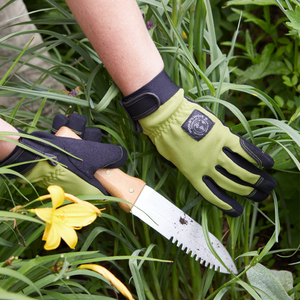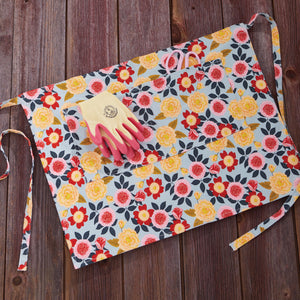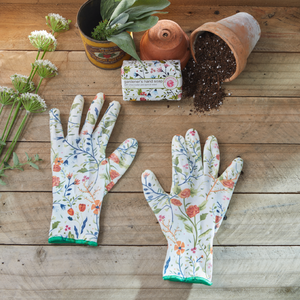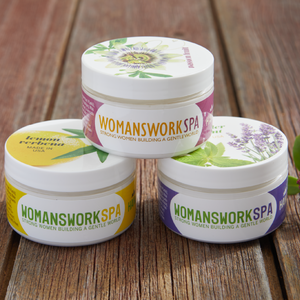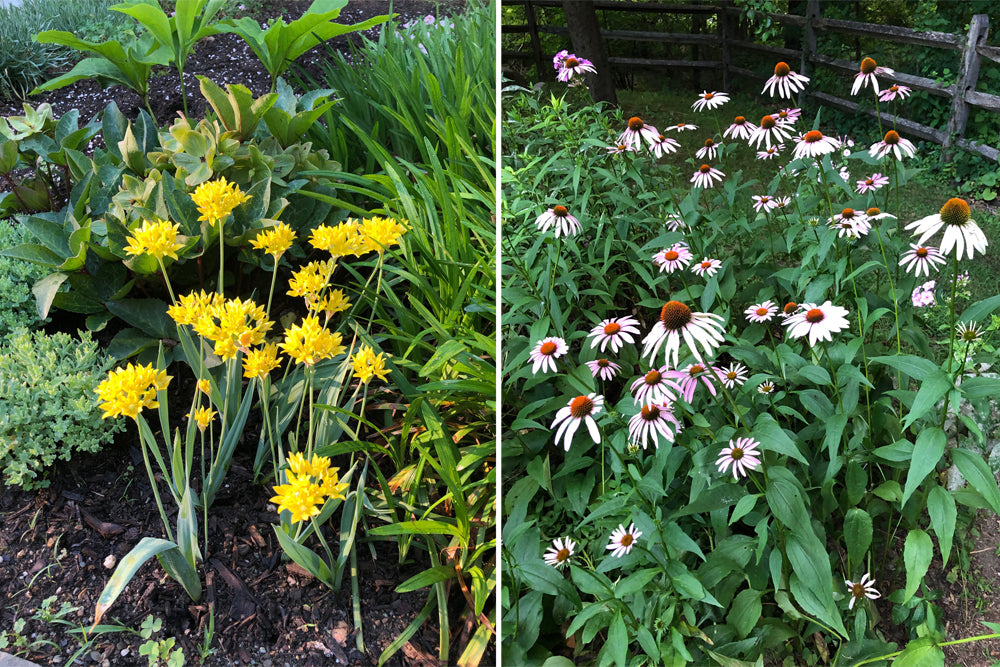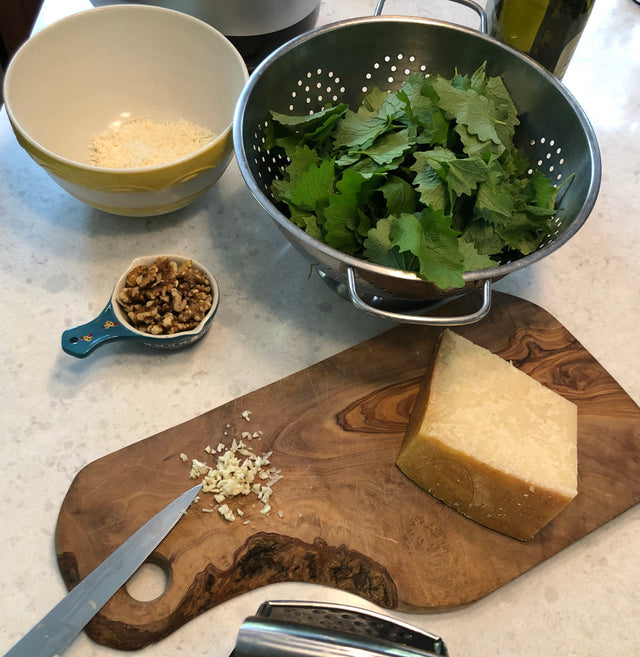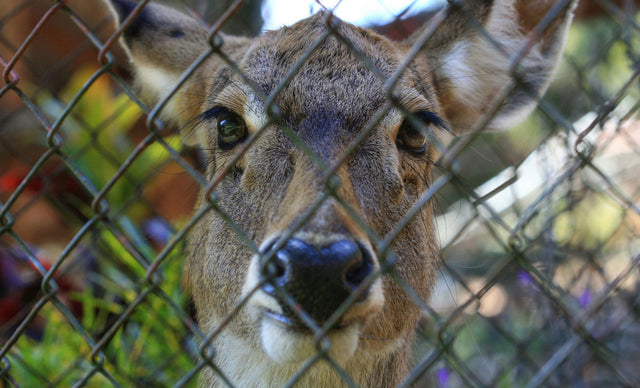Horticulturist and author Ruth Rogers Clausen has a new book out, published by Timber Press, titled "Deer-Resistant Native Plants for the Northeast," co-authored with Gregory D. Tepper. Womanswork is giving away a copy of her new book, which features 75 native plants that deer seldom browse. She gives each plant a deer resistant rating from 7-10. Anything below 7 is considered deer candy and is not included in the book.
To enter, tell us in a Comment below, or via Facebook or Instagram, why you want to win this book. Entries must be submitted by Sunday June 6th.
Here are some highlights Ruth picked out from her book for "Curious Gardener" readers.
- If you co-exist in an area with deer, sooner or later they will probably find your garden and want to use it as a buffet.
- Deer are creatures of habit and return to the same place over and over again for food and to drop their young. If a fawn is born on your property be assured that it will return its whole life to that spot. If you see a pregnant doe, move it along gently beyond your property.
- If food is scarce and deer are stressed by hunger there is no plant that is reliably deer PROOF. Some plants are commonly known as “deer candy”—phlox, daylilies, tulips, hostas, crab apples, trilliums, poison ivy etc.
- Others are considered “deer resistant” of various reliabilities – sages, yarrows, ferns, ornamental grasses and sedges, bush cinquefoil, baptisia etc. The scale of deer browsing ranges from them sometimes nipping off the flowers but ignoring the foliage, as in astilbe, to almost never feeding on the plants at all, as in hellebores.
- However different herds have different palates, and these vary considerably from garden to garden, to different areas, and from year to year. 2020 was a year when the oak trees in particular produced huge crops of acorns, one of the favorite foods for deer.
- In general plants with certain features are less likely to be browsed by deer: fuzzy leaves, tough leathery or fibrous foliage, aromatic flowers and/or leaves, spines or bristles, poisonous compounds.
- Plants grown soft with plenty of fertilizer and water are prime targets for deer.
- Watering from above, especially late in the day, encourages deer to stop by for a meal that night. If it is hot and dry, deer will be thirsty as are we.
- Protect newly planted young trees and shrubs from buck rubbing and browsing until the plants are well established.
 Young oakleaf hydrangea surrounded by temporary fencing in my garden.
Young oakleaf hydrangea surrounded by temporary fencing in my garden.
Here are some additional lessons I've learned as a gardener in deer territory:
 Young ilex glabra shrub in my garden eaten by deer last winter.
Young ilex glabra shrub in my garden eaten by deer last winter.
In winter food is always scarce so the best protection for evergreen shrubs is to wrap them in burlap or fence in sections of your garden that you want to protect. In the spring after new growth begins and food is more plentiful, you can unwrap those plants. I planted a grouping of 3 oakleaf hydrangeas two years ago and they were eaten pretty well by the deer their first winter, so last fall we put a temporary fence around them and they have nicely leafed out this spring. I think I'm going to leave the fence up for a while longer to be safe. I've been told that most shrubs can survive one season of being chomped on by deer, but two seasons can permanently weaken them.
Early in the spring as perennials begin to emerge, try to get the deer who visit your garden out of the habit of grazing by spraying the plants with a deer repellant. Continue to spray every week or so to protect new growth. Deer will often lose interest and no longer view this as a prime feeding area. Deer sometimes get accustomed to a particular deer repellant and it is no longer as effective. So have a few different brands, with different odors and tastes, on hand. Of course deer repellants can't be used on edibles.
This treatment is necessary for newly planted perennials too. Nurseries will pump their plants with fertilizer to make them look more appealing at point of sale. This sends out a lot of tender new shoots which is more appealing to the deer also.
Dogs can be a deterrent. Send them out to the garden and their scent will deter deer. Sometimes I encourage my dog Daisy to wander among the plants just to get her scent out there.
Recently there was an article by Margaret Roach in the New York Times titled "The Elusive Deer-Proof Garden". The article focuses more on strategies for deterring deer, than on plants to grow as in Ruth's book. If you're a subscriber to the NY Times you can pick up some really good information. Read it here.
Find similar articles:
Presenting "The Curious Gardener"